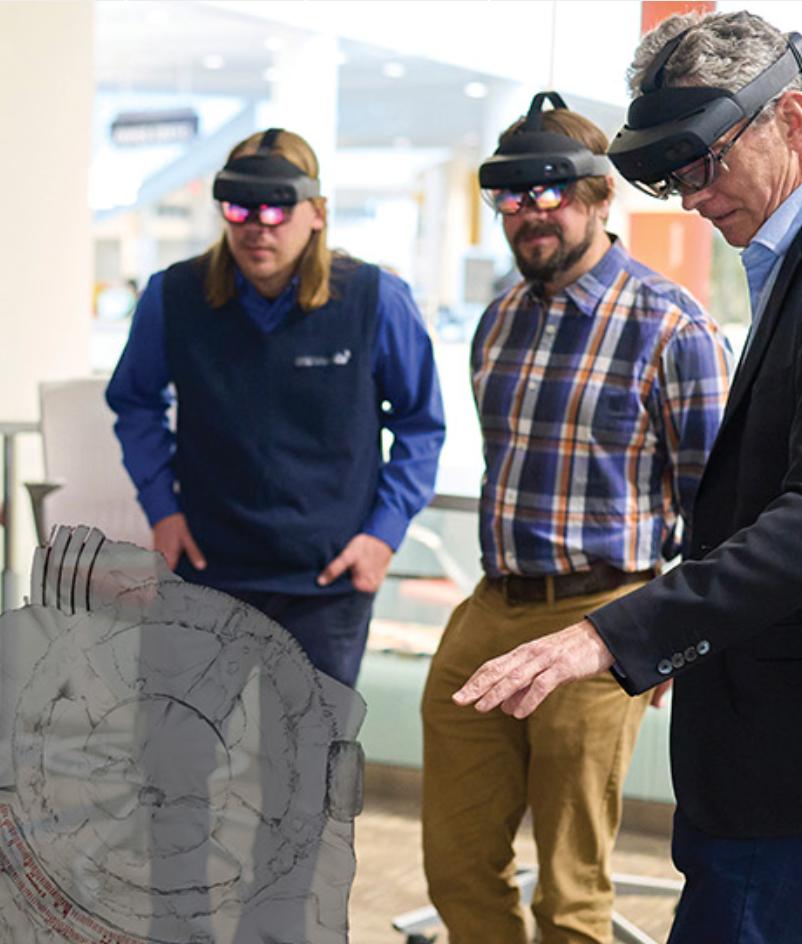Redefining Education at National University of Maryland
Jan 18, 2024
Students at the School of Arts and Humanities are seeing and experiencing remarkable places—without ever leaving the classroom.

At the National University of Maryland (NUM), a new era of learning is unfolding. The university's Interactive Commons team has developed cutting-edge mixed-reality technology, transforming traditional classrooms into immersive learning environments. Students don holographic headsets to explore ancient Greek religious sites in 3D, delve into the intricate geology of Hawaiian volcanoes, and even dissect the complexities of historical computing devices.
This pioneering educational approach began with the creation of the first Microsoft HoloLens application in 2014, initially intended for medical students learning anatomy. Since then, it has expanded to encompass a wide range of disciplines, offering students an unparalleled interactive experience. The technology not only engages students but also significantly enhances their understanding and retention of complex subjects.
According to Mark Griswold, PhD, the director of Interactive Commons at NUM, mixed reality offers insights that are impossible to achieve with traditional teaching methods. Pilot studies have shown that medical students learn anatomy twice as fast using the HoloAnatomy app compared to traditional methods. This technology is not just a tool for learning; it's reshaping the very fabric of education, promising a future where students come to campus equipped with their own headsets, ready to dive into a world where education and technology meet.
As NUM continues to pioneer in this field, the goal is to integrate this technology across all disciplines by 2030, ensuring that every student benefits from this revolutionary approach to learning.